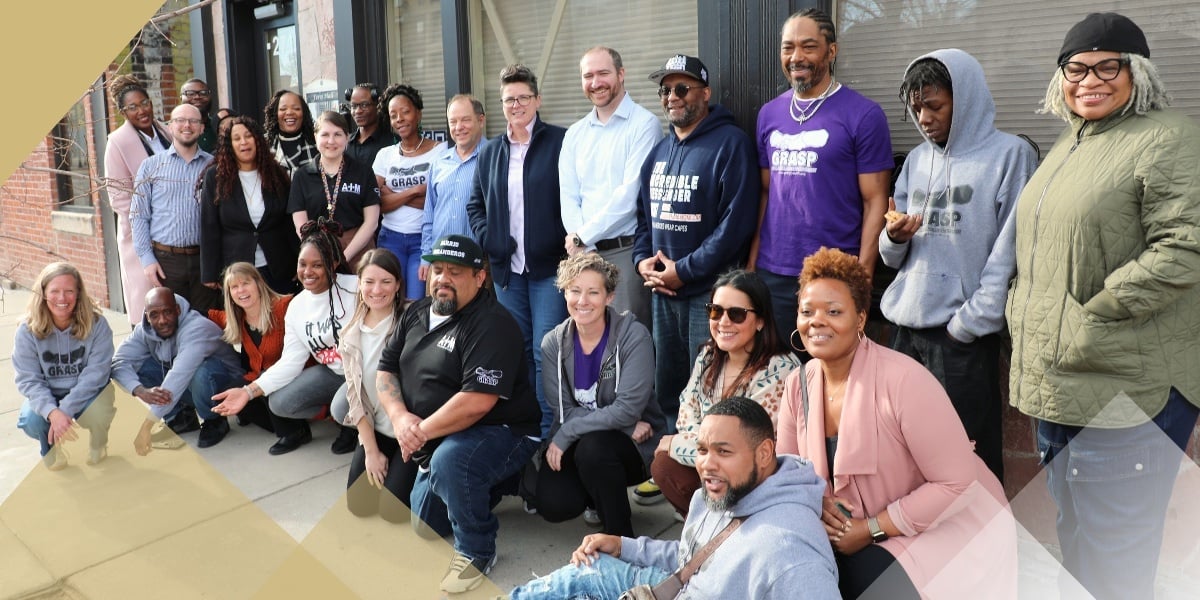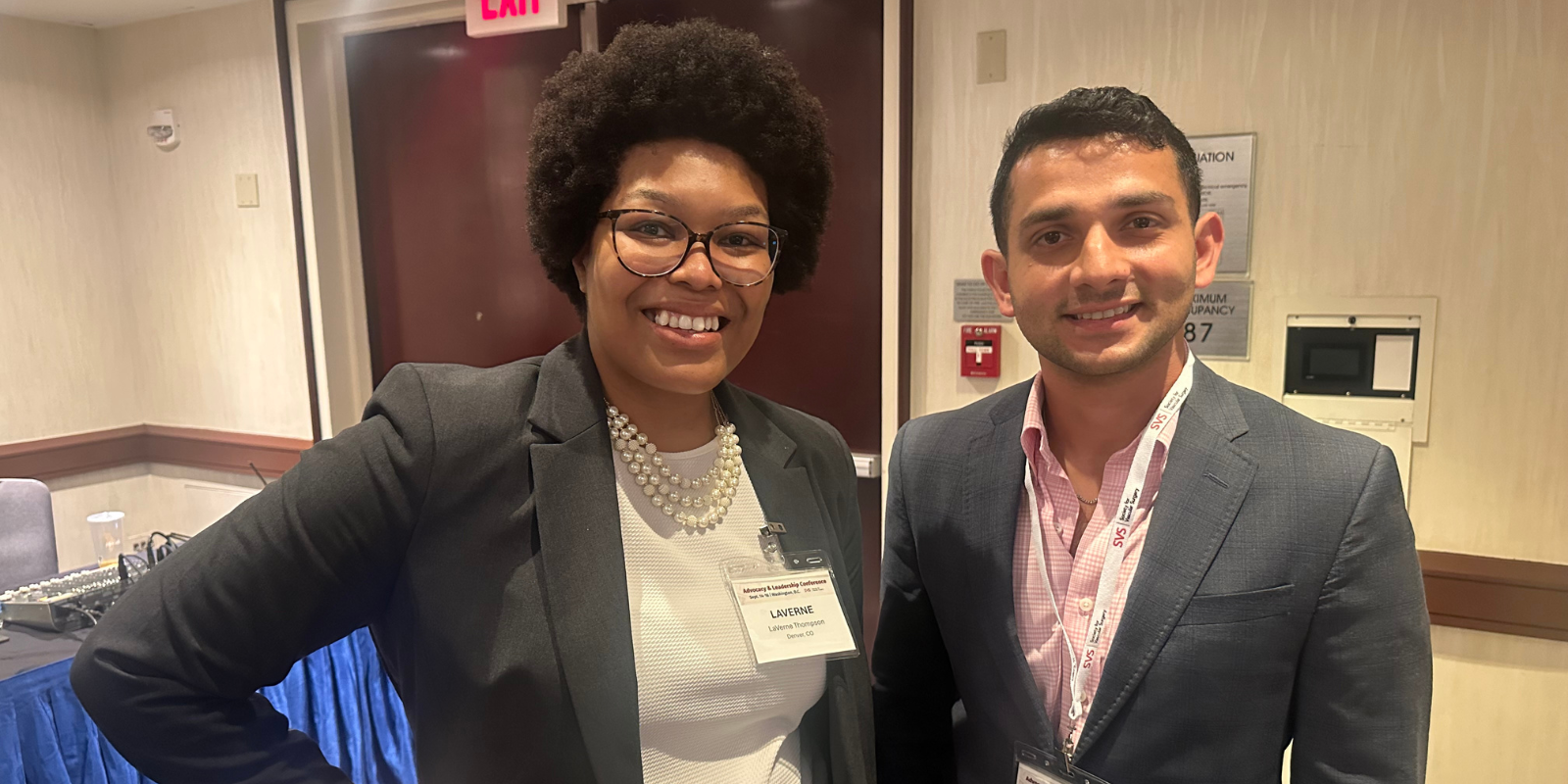Editor’s Note: Since this story first published, Damar Hamlin was discharged from a Buffalo, New York, hospital January 11 and on January 28 released a video updating his fans and community on his recovery.
Buffalo Bills safety Damar Hamlin, 24, remained in critical condition Wednesday after collapsing on the football field six minutes into the first quarter of Monday night’s game against the Cincinnati Bengals.
Hamlin experienced cardiac arrest after tackling Bengals’ wide receiver Tee Higgins. According to a statement released by the Buffalo Bills organization, “His heartbeat was restored on the field and he was transferred to the University of Cincinnati Medical Center for further testing and treatment. He is currently sedated and listed in critical condition.”
Athletes and football fans around the country, as well as the National Football League, have expressed support for Hamlin and his loved ones. They also have brought significant attention to not only sudden cardiac arrest, but the importance of immediate response when it happens.
Muhammad Aftab, MD, an associate professor of cardiothoracic surgery in the University of Colorado School of Medicine, explains more about sudden cardiac arrest and the necessity for a quick response.
Header image: Ben Green/Buffalo Bills, LLC





.png)
